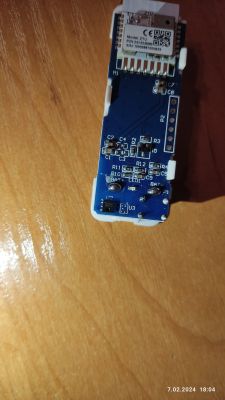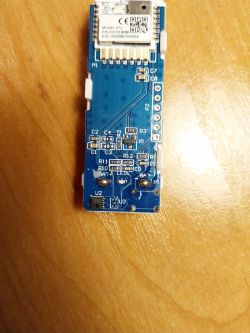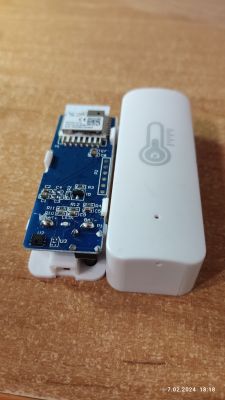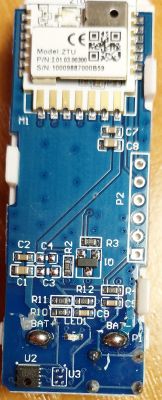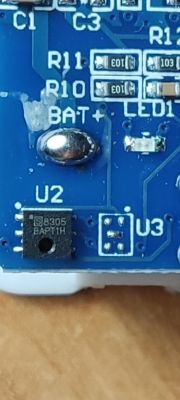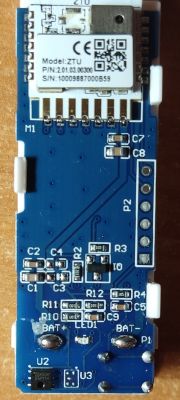Hi, once on the Internet flashed me the topic of deriving a probe from a cheap temperature and humidity sensor available on Ali for about 10 zł.
Unfortunately, I can no longer find this post.
The only thing left is a screen in the phone and the opinion of the user (in memory) that, however, can be done.
I am looking for more information on this topic.
Maybe someone could tell me more on this topic.
First picture is a screen from the forum, the second is a sample sensor.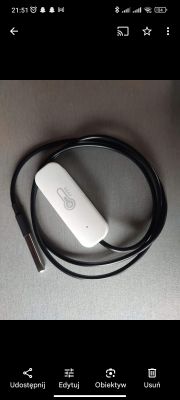
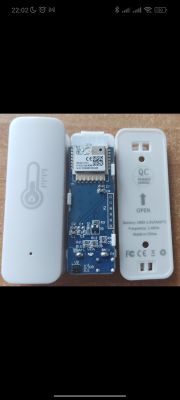 .
.
Unfortunately, I can no longer find this post.
The only thing left is a screen in the phone and the opinion of the user (in memory) that, however, can be done.
I am looking for more information on this topic.
Maybe someone could tell me more on this topic.
First picture is a screen from the forum, the second is a sample sensor.

 .
.








